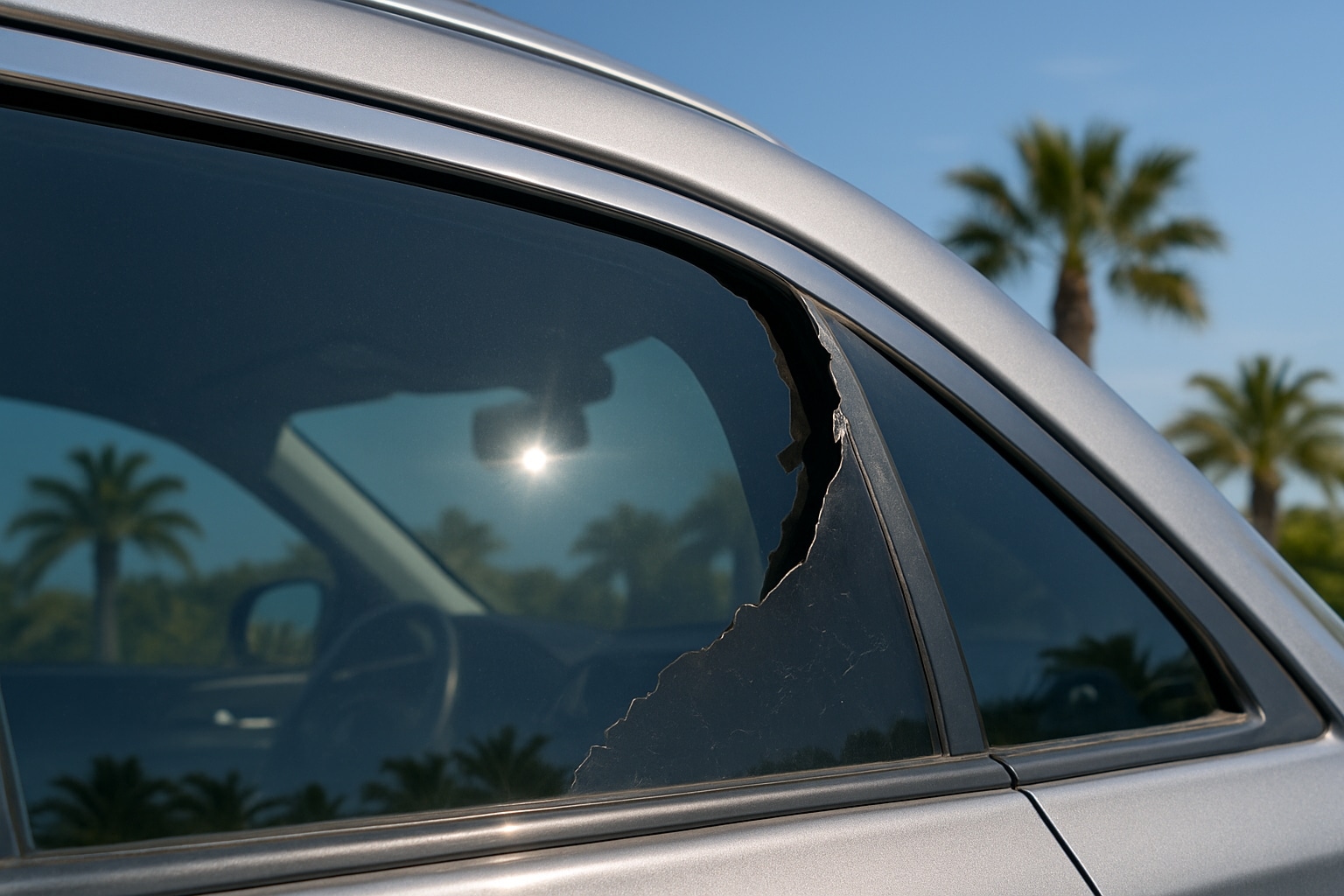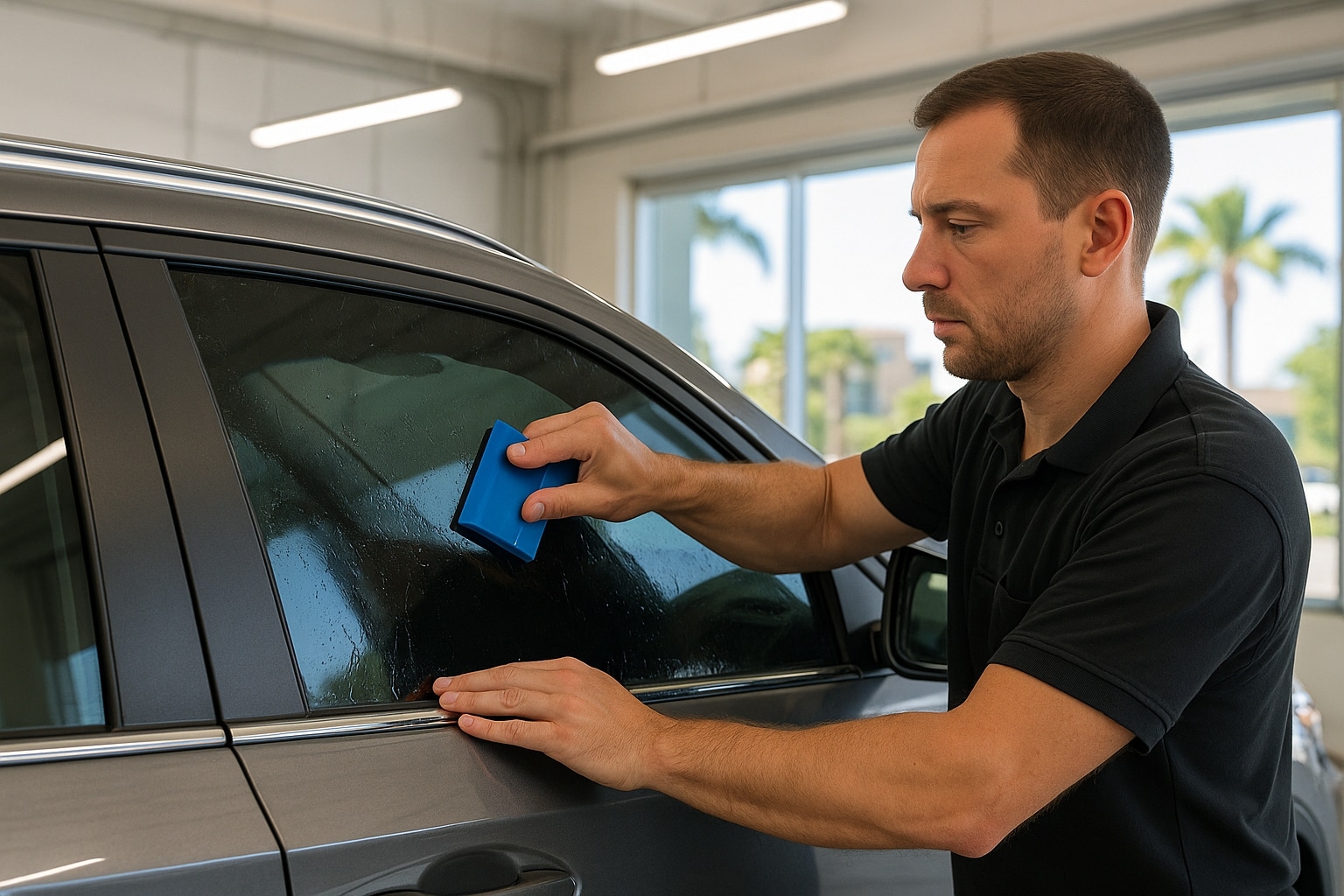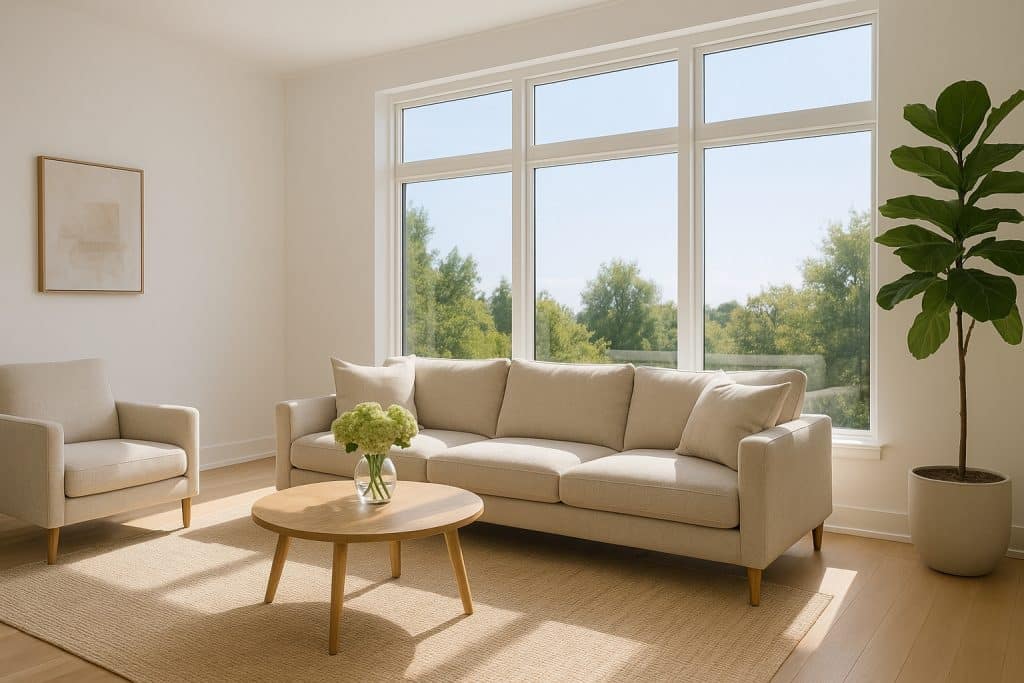Introduction: The Frustration of Failing Tint
Tinted car windows add style, privacy, and UV protection. But over time, many drivers notice bubbling, peeling, or discoloration that ruins the look and effectiveness of their tint. For San Diego drivers, the strong Southern California sun accelerates these issues. Understanding the causes and knowing how to prevent them can save you money and keep your car looking sharp.

Poor-Quality Film Materials
Not all tint films are created equal. Cheap dyed films are more prone to bubbling and peeling because:
- The adhesive layer breaks down faster in heat.
- The film itself fades and becomes brittle over time.
- Lower-quality adhesives fail to bond properly with the glass.
In contrast, carbon and ceramic films are built to withstand harsh sunlight, making them the smarter choice for long-lasting results in hot climates.
Incorrect Installation Techniques
Even the best tint can fail if it’s not installed correctly. Common installation mistakes include:
- Trapped Air Bubbles: If the installer doesn’t use a squeegee properly, air pockets remain.
- Dirty Glass: Dust or oil left on the surface prevents the adhesive from sticking.
- Poor Edge Sealing: Tint edges not trimmed or sealed correctly may peel prematurely.
Professional installers in San Diego use specialized tools and dust-free environments to ensure a perfect finish.

Heat and Sunlight Exposure
Southern California sunshine is beautiful, but it’s tough on tinted car windows. Prolonged UV and heat exposure can:
- Break down adhesives, causing bubbles.
- Fade and discolor cheaper films.
- Accelerate peeling around the edges.
Parking in shaded areas or using windshield sunshades can help extend the life of your tint.
Moisture and Environmental Factors
Moisture is another enemy of window tint. Water can seep under poorly applied film and weaken adhesives. Other factors include:
- Humidity & Coastal Air: San Diego’s ocean air adds extra wear on cheap tint.
- Car Washes: High-pressure sprays can lift poorly sealed tint edges.
- Window Rolling Too Soon: Rolling down windows before the tint has fully cured causes peeling.

How to Prevent Peeling and Bubbling
Preventive care goes a long way:
- Choose Quality Film: Ceramic films resist heat and UV damage.
- Use a Trusted Installer: Certified shops offer warranties and dust-free installations.
- Follow Aftercare Instructions: Avoid rolling down windows for 3–7 days after tinting.
- Regular Cleaning: Use ammonia-free cleaners to avoid damaging the adhesive.
- Shade Parking: Keep your car out of direct sun whenever possible.
Repair or Replace: What to Do if Tint Fails
If your tint already shows signs of peeling or bubbling, you have two options:
- Minor Repairs: Small bubbles can sometimes be fixed by reheating the area with a heat gun and smoothing it with a squeegee.
- Full Replacement: If the film is faded, cracked, or peeling extensively, replacement is the only option.
Professional shops in San Diego often provide warranties that cover bubbling and peeling, giving you peace of mind.
Conclusion
Tinted car windows are a great investment for style, comfort, and UV protection. But peeling and bubbling can happen if you cut corners on film quality or installation. By choosing premium films, following proper care, and working with experienced professionals, you can avoid these problems and enjoy flawless, long-lasting tint that stands up to the Southern California sun.

